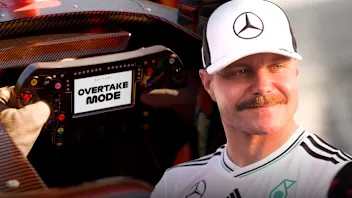From Sprint format tweaks to promotional events – 9 rule changes you need to know for the 2024 F1 season

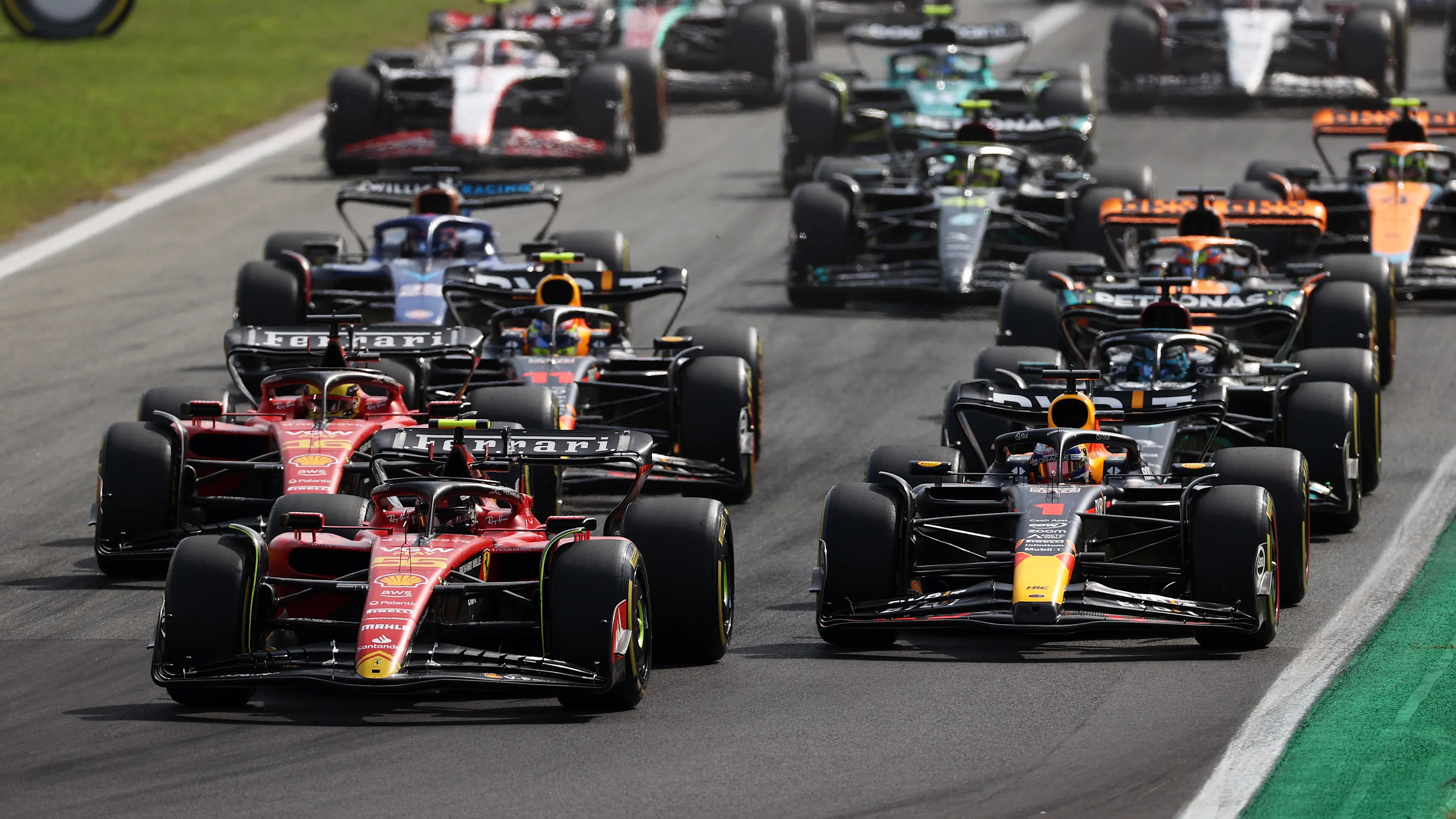
2024 is even more stable compared to 2023 when it comes to changes to the regulations – and that usually provides an opportunity for the field to close up – but there are still a few rule tweaks of note for us to guide you through...
1. Review time periods
An area that can regularly cause controversy is when a team wants to appeal a decision or a situation that has occurred in a previous race. One of the avenues open to them is the ‘Right of Review’ that is in the FIA’s International Sporting Code.
Teams can try and revisit decisions that have already been ruled upon, as long as they can provide a “significant and relevant new element discovered which was unavailable to the parties seeking the review at the time of the decision concerned.”
The window to lodge such an appeal was previously 14 days from the decision being made, but now teams must do so within four days – or 96 hours – with the potential for a 24-hour extension to that deadline in special circumstances.
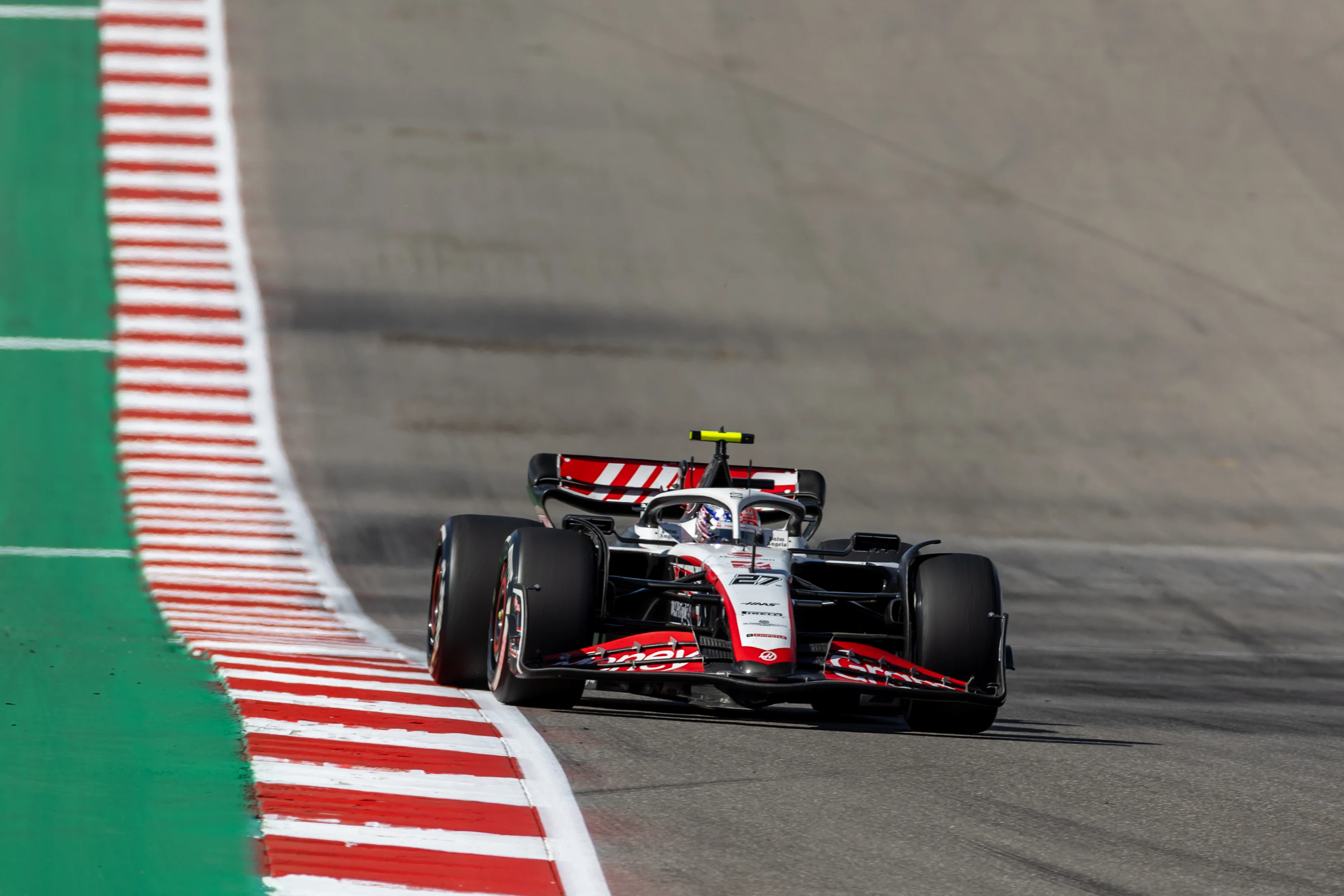
Unlike in the past, teams will have to pay a deposit that will be set annually by the governing body, and only receive it back if they are successful or the FIA judges that “fairness requires” it to do so in the event of a failed petition.
On top of all that, teams must also specify the elements that are significant, relevant and new ahead of any hearing taking place, rather than trying to argue points for the first time during a hearing.
READ MORE: Button picks team who are 'most likely' to challenge Red Bull in 2024
2. Increase in potential fines
Not only are teams facing smaller windows to lodge certain appeals, but both they and their drivers could be facing bigger fines for breaking the rules, too.
In the past, the maximum fine that the stewards could impose under the International Sporting Code was €250,000 (£215,000, $270,000) but that has been quadrupled this year to now sit at €1million.
Other categories have also seen an increase as the FIA stated the figure had not been revisited in more than a decade, but it opens F1 drivers and teams up to some costly punishments.

3. F1 Sprint format tweak
The F1 Sprint returns in 2024 with six events to look forward to. Brazil will host its fourth consecutive Sprint weekend this season, with Austria to stage its third.
Austin and Qatar will be returning for a second year, and China and Miami jwill join the line-up for the first time.
What will look slightly different is a small tweak to the format of a Sprint weekend, which was agreed by the F1 Commission on Monday, February 5. For this year, Sprint Qualifying will move from Saturday to Friday, following an initial free practice session for track acclimatisation and set-up work.
The 100km Sprint will then take place on Saturday, ahead of qualifying for the Grand Prix later that day. The Grand Prix itself will remain on Sunday.
The regulatory refinements for these changes will be presented to the World Motor Sport Council (WMSC) on February 28.
READ MORE: 5 things to be excited about as F1 gears up for the 2024 season
4. Bigger promotional events
At this time of year you might see teams carrying out shakedown events before the pre-season test in Bahrain gets under way, and wonder how they’re allowed to. Well, teams can run current cars on two occasions as promotional events, usually used for filming for partners as well as checking the car works as it should.
In the past, these days were limited to 100km of mileage in total – 20 laps of a 5km circuit – but from 2024 teams can now do double that distance as part of each day, but only one event per day.
Now with 200km available, it provides greater opportunity for shaking a car down pre-season and capturing more footage at the same time.
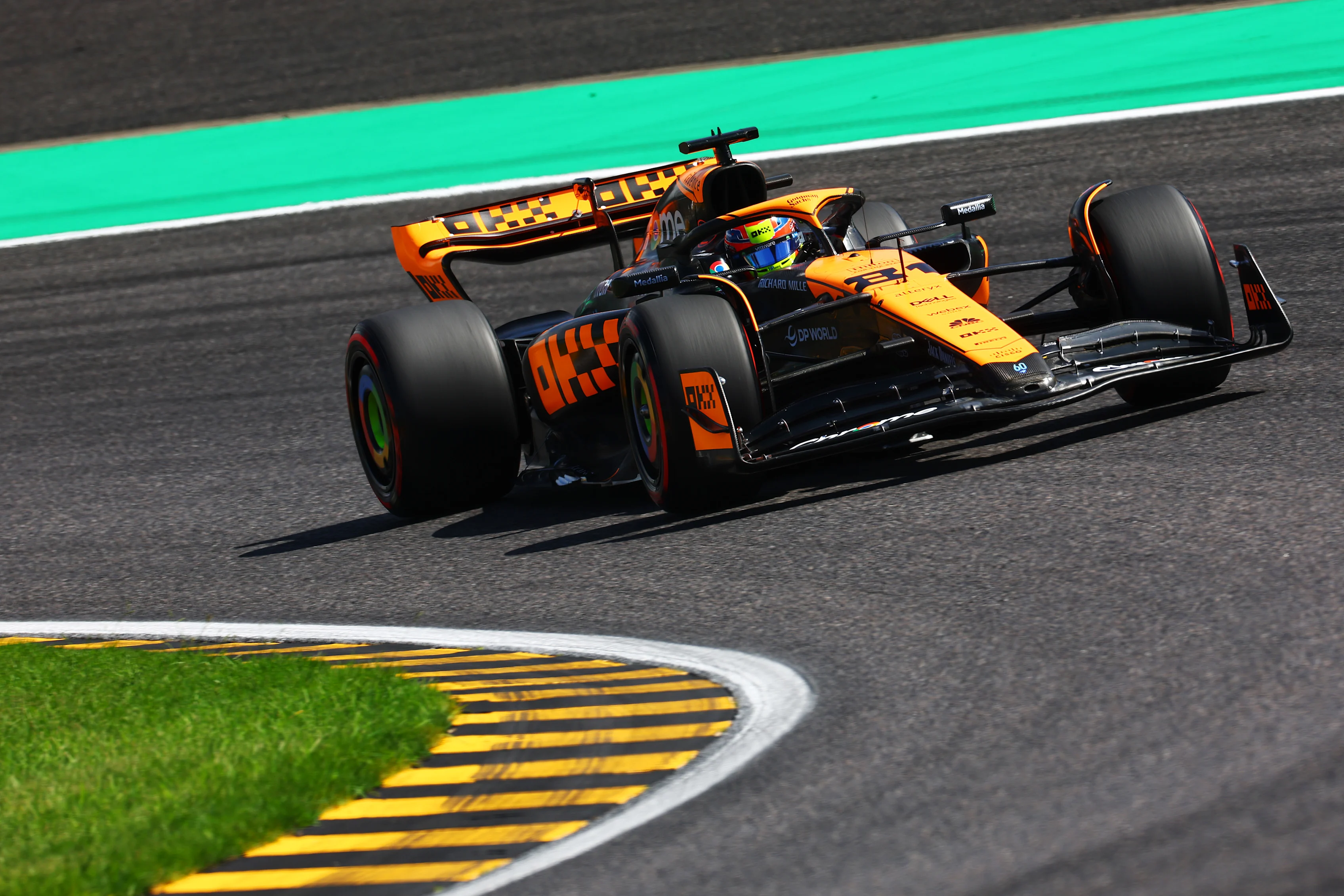
5. Changes to testing old cars
Teams are allowed to run cars that are at least two years old as part of a testing programme, often providing opportunities for young drivers. Given the major change in regulations, the 2021 car was also allowed to be used in 2022, as it provided so little crossover information that it wouldn’t be valuable to the current car.
However, with the 2022 car now becoming part of the permitted Testing of Previous Car (TPC) programme, it has been clarified that all components have to have run at least once either in an official testing session or race weekend to then be allowed on a previous car. That’s to stop teams testing items during a TPC run that then could make their way onto the current car.
NEXT GEN: 20 of the most exciting up-and-coming talents on the road to F1 in 2024
6. Increased CapEx limits
The introduction of the cost cap has seen the gap between the front and the back of the grid closing up, with all ten teams making multiple Q3 appearances last year.
In order to ensure the biggest teams don’t have a locked-in advantage due to the cost cap, teams can now spend more over a four-year period on Capital Expenditure (CapEX), in order to upgrade their facilities.
What was a limit of $45m (£35m, €41m) for the rolling four years has been increased to $65m (£51m, €60m) for the four teams that have finished in the bottom four of the standings on average since 2020 (Haas, Alfa Romeo, AlphaTauri and Williams).
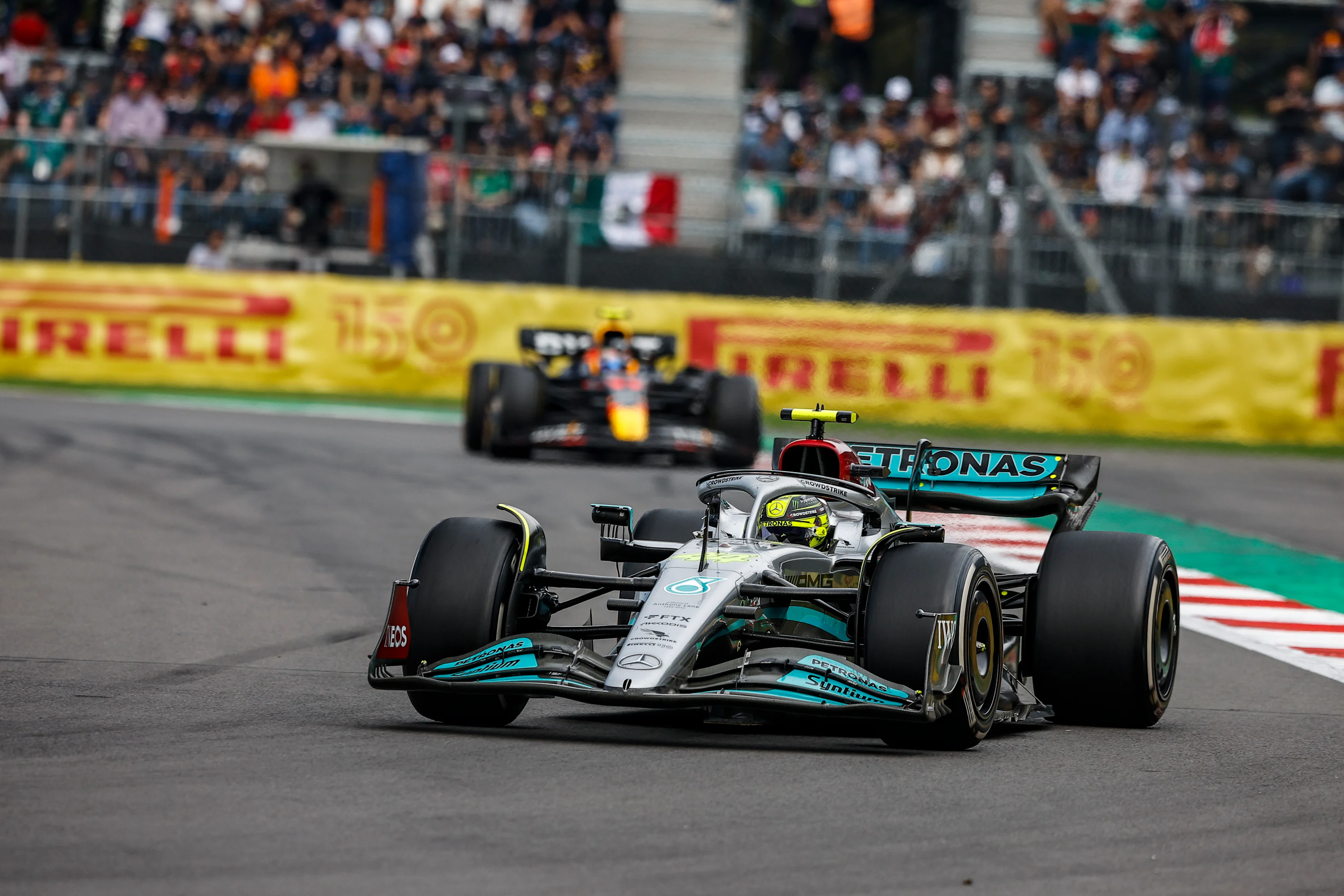
The three teams that have averaged in the middle of the standings in that time (McLaren, Aston Martin and Alpine) all have an increased CapEx limit of $58m (£45m, €53m), while the top three of Red Bull, Mercedes and Ferrari can spend $51m (£40m, €47m) over the four-year period.
Doing so can ensure teams are more efficient under the cost cap and therefore actually able to create a better car for less cost each year in future.
READ MORE: IndyCar star James Hinchcliffe picks out five F1 drivers who need to impress in 2024
7. Even more strict roll hoop requirements
As already referenced a year ago, there have been a number of changes made to roll hoop requirements in response to Zhou Guanyu’s serious crash at the start of the 2022 British Grand Prix.
On top of last year’s changes to the shape of roll hoop designs and a minimum height for the point of application of the homologation test, from this year roll hoops must be able to withstand a much stricter load test to make them even more robust in the case of a similar accident to the one Zhou experienced.
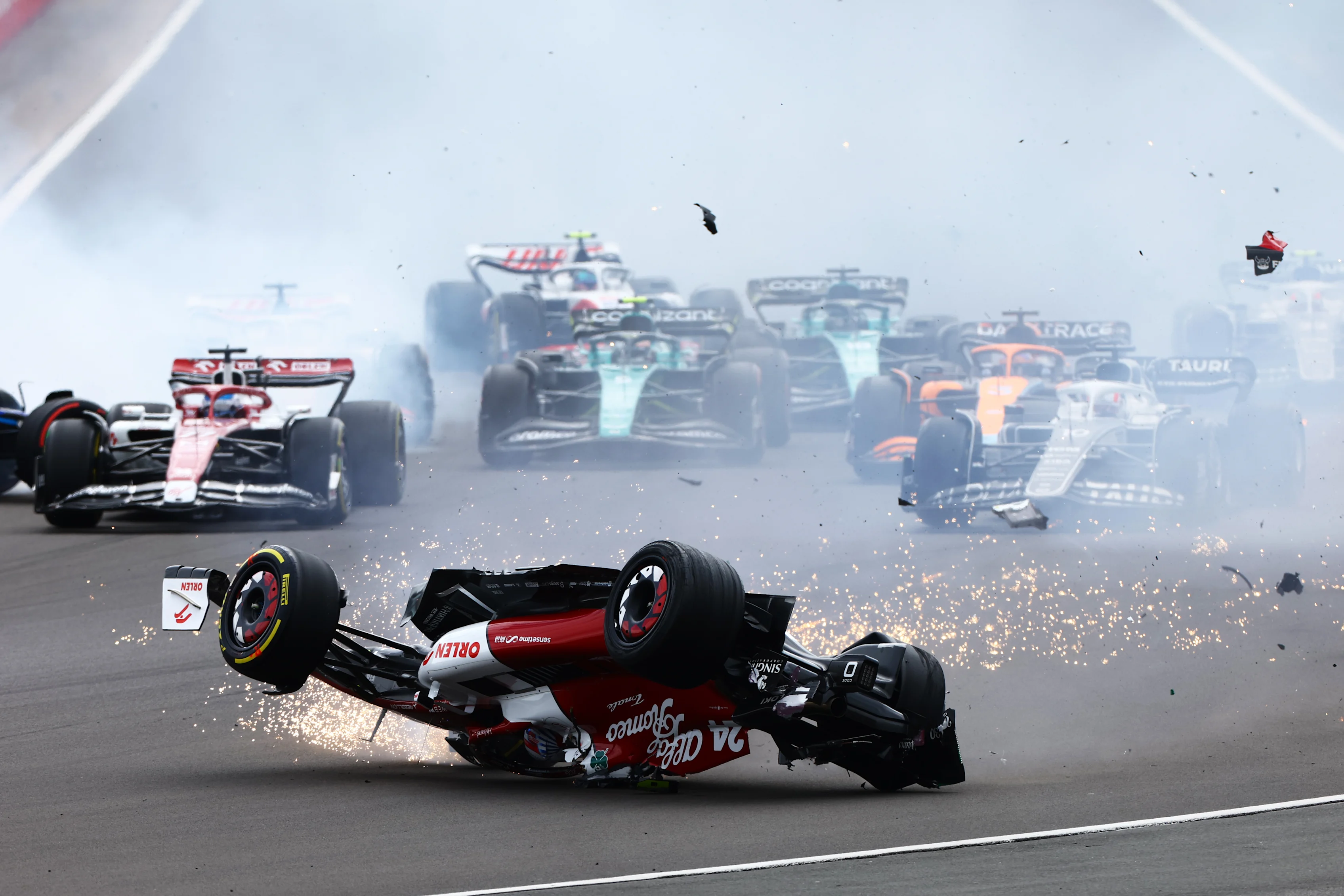
8. Plan for wheel displays dropped
Since the introduction of the 2022 regulations, cars have had wheel covers that have an impact on aerodynamics. These have also opened up opportunities for displaying information, and originally the intention was for wheel covers to carry a rotating display within them this year.
That change would have had an impact on the overall weight limit of the car too, but while the details were previously included in the regulations, they were retracted during last year and now won’t be implemented in 2024. It’s an area that could be revisited in future, though.
READ MORE: F1 Sprint format tweak agreed ahead of return for 2024 season
9. DRS activation
One additional change that was agreed by the F1 Commission on Monday, February 5, concerns DRS.
This season DRS activation for the race will be anticipated to one lap as opposed to two laps after the start of the race, or the re-start following a Safety Car.
And now to one rule change that has been altered...
Power unit rules
Last year, teams were allowed to use four of each of the internal combustion engine (ICE), motor generator unit – heat (MGU-H), motor generator unit – kinetic (MGU-K), and turbocharger (TC) before they would pick up a grid penalty.
That was due to the length of the season, with teams allowed to develop their power units for reliability purposes. Those increased limits were only in place for 2023, however, with this year originally seeing a return to three each of the ICE, MGU-H, MGU-K and TC.
However, in the F1 Commission meeting on Monday, February 5, a proposal to increase the power unit allocation to four per driver for the 2024 and 2025 seasons was agreed.
Next Up
.webp)
/16x9%20single%20image%20(17).webp)
